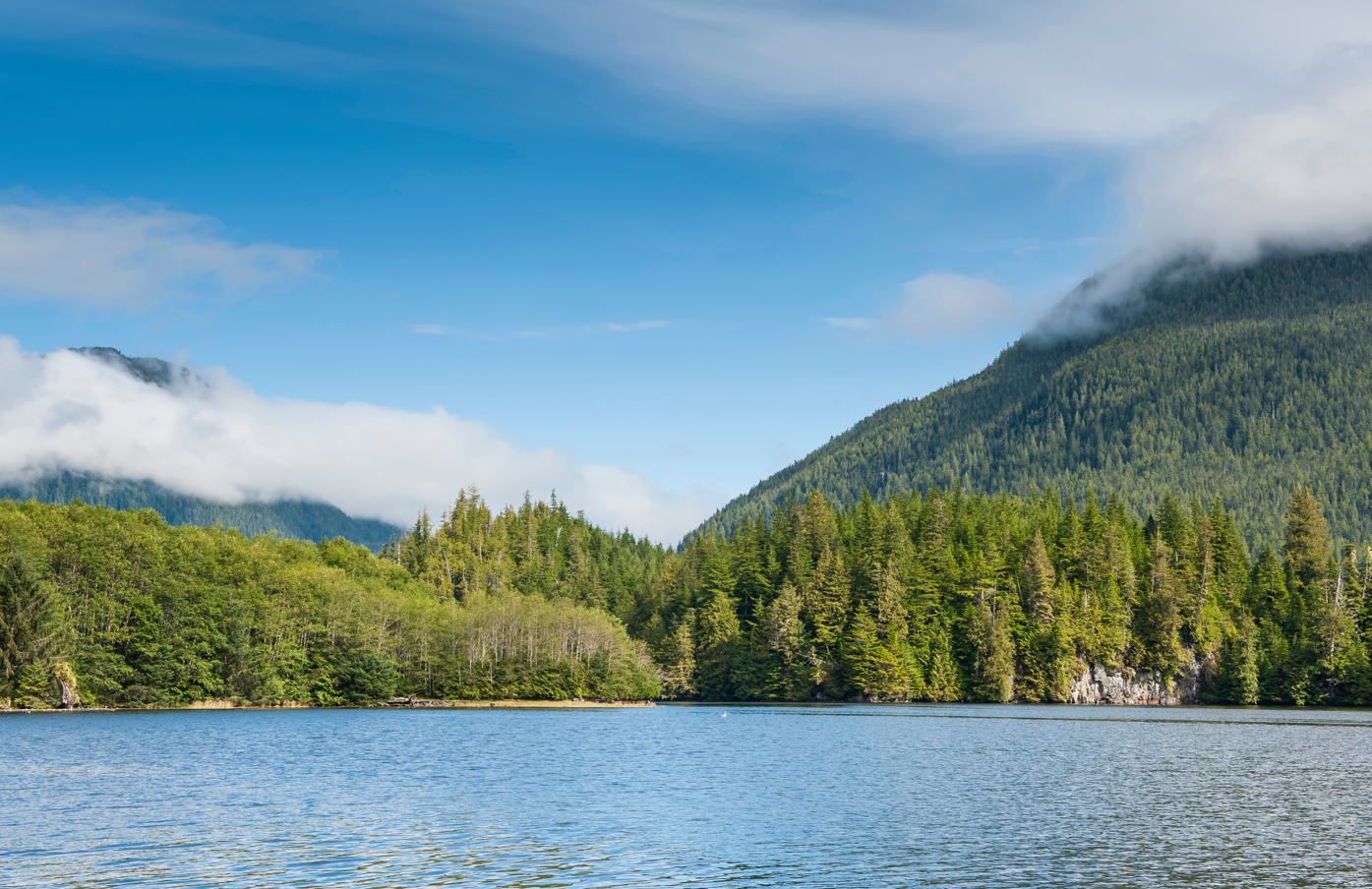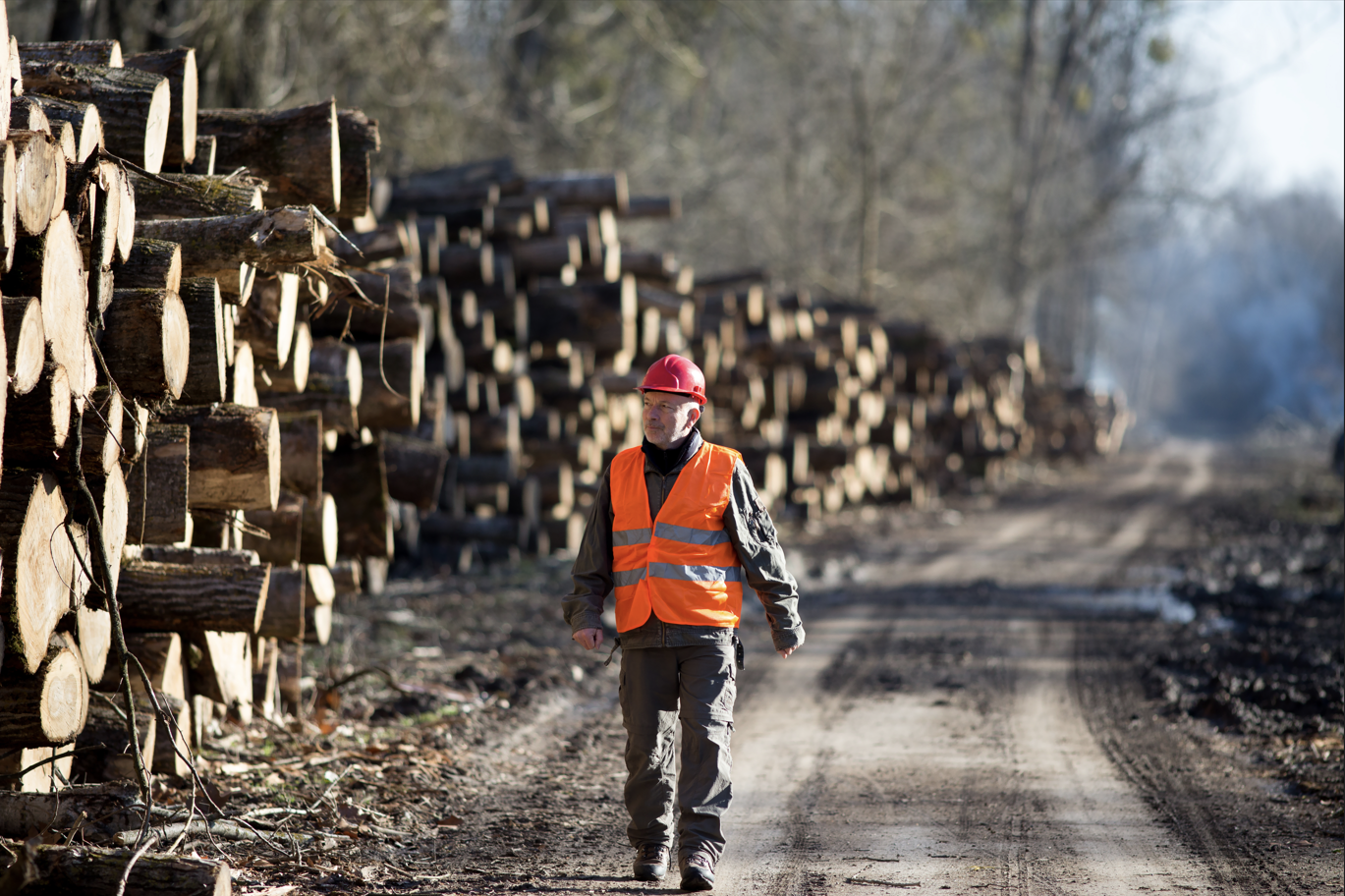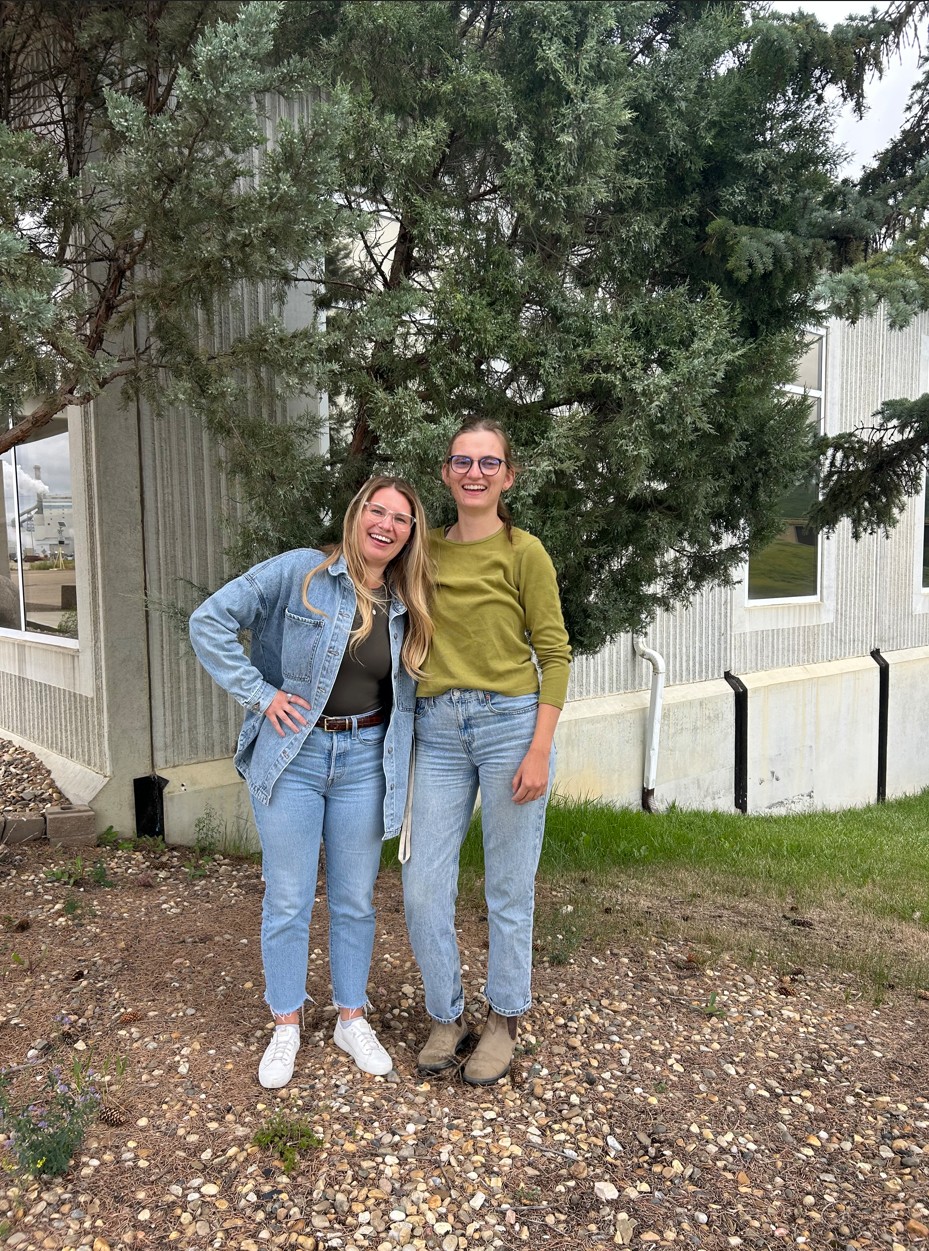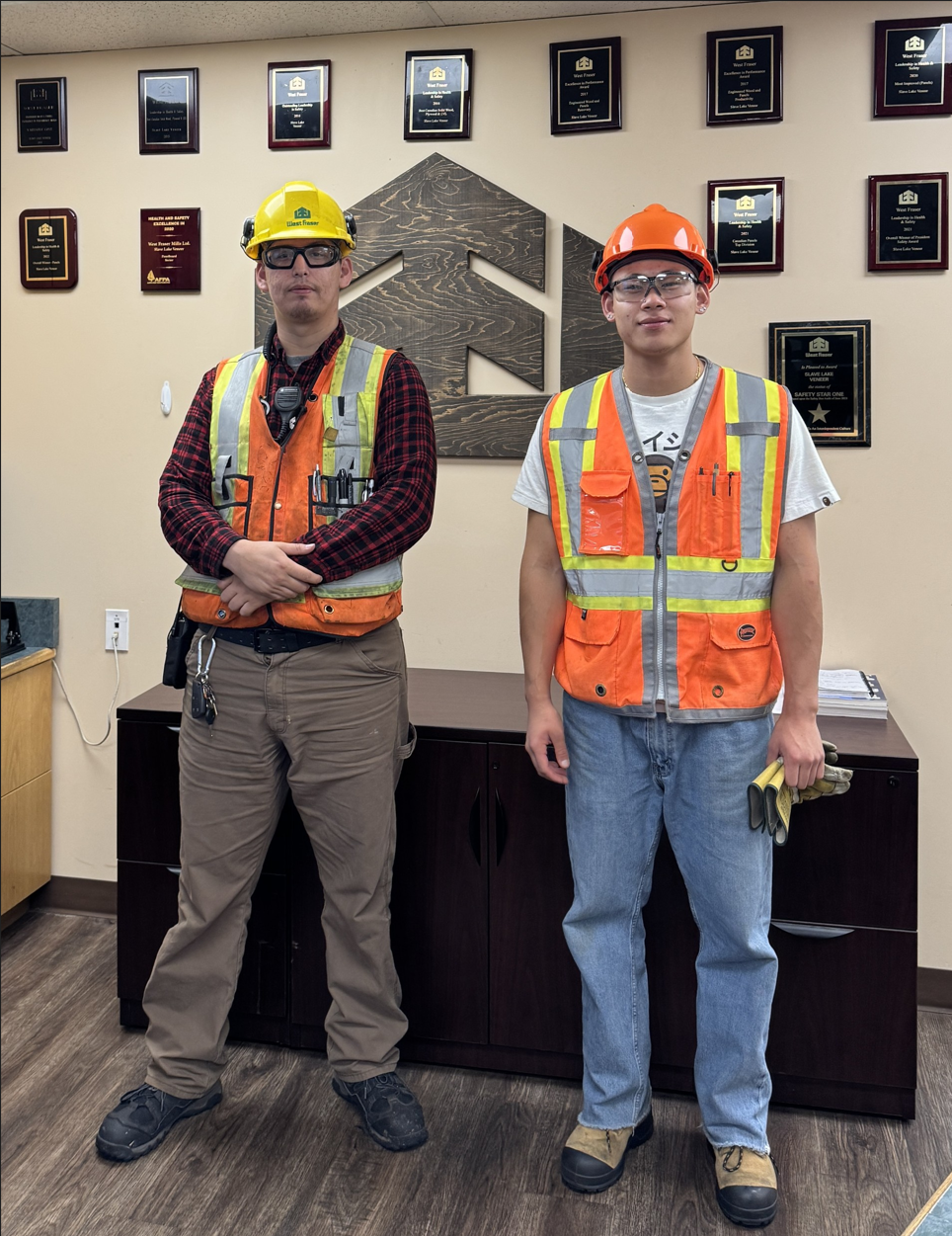In this post I’d like to share my experience of learning about the value chain and business activities from ‘end to end’. This included visiting the forests where we harvest trees to our mills. A large part of my role was managing data collection from various divisions for our annual Sustainability Report. My managers believed that seeing the operations behind those numbers would give me an even greater sense of what we do and why we do it. That is why I really enjoyed the field trips I was able to go on during my term which included observing the fieldwork in our forests and touring a pulp mill and sawmill.
In another blog post I told the story of my trip to Cranbrook B.C. where I joined colleagues on an adventure in the field to monitor an area of ‘high biodiversity value’. On this same trip, there was an area being harvested that had a fish bearing river through it, and our purpose was to do an assessment and to ensure that all proper precautions had been taken. The regulations stated that machines could not go within a certain distance of the river to prevent soil erosion among other things. We confirmed that the distance had been clearly measured and marked before work proceeded. Another reason it was important to leave trees near rivers (particularly fish bearing rivers) is for the shade they provide. Removing the shade provided by trees can increase the temperature a few degrees which significantly impacts the river ecosystem. This related directly to my studies about the biosphere. Ecosystems are complex and interconnected systems and changing one condition can create ripple effects throughout the system.
Early in my co-op I had the opportunity to visit Prince George and met with the mill managers who provided tours of Canfor’s sawmill and pulp mill. I was excited to learn how the products were made, but also about the energy usage, waste disposal and water usage at the mills which all had direct connections to the data we collect for the Sustainability Report.
During the pulp mill tour, it was fascinating to see the water treatment process. It was much larger than I had expected and relied in part on biological processes to clean the water which I had not expected. I was told about the stringent regulations on water treatment and was shown the testing process to ensure the water was safe to discharge back into the Fraser River, which eventually leads to my hometown of Vancouver.
In the end, seeing different parts of the value chain provided me with valuable perspectives and considerations that made the data that I was helping to report on come to life. I am excited to see the progress Canfor will continue to make on the goals and targets that have been set. Seeing the company from end to end and meeting people along the way added a new perspective to how I viewed the company and I believe this new perspective made me a more well-rounded individual.












.jpeg)

